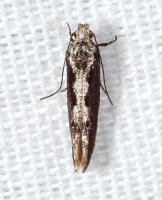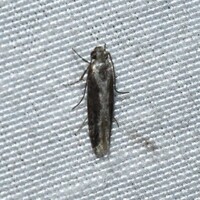
| Recorded by: David George, Jeff Niznik on 2025-04-05
Chatham Co.
Comment: | 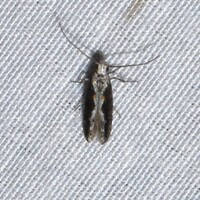
| Recorded by: David George, Jeff Niznik, Rich Teper on 2025-03-28
Chatham Co.
Comment: |

| Recorded by: Jim Petranka on 2025-03-25
Madison Co.
Comment: | 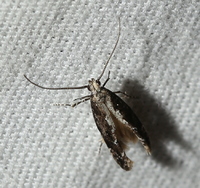
| Recorded by: David George on 2025-03-11
Durham Co.
Comment: |
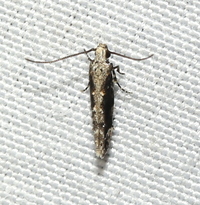
| Recorded by: David George, Jeff Niznik, Kevin Bischof on 2024-08-07
Transylvania Co.
Comment: | 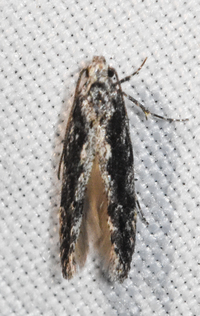
| Recorded by: Emily Stanley on 2024-04-09
Buncombe Co.
Comment: |
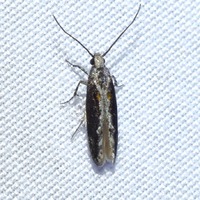
| Recorded by: Stephen Dunn, Jeff Niznik, David George on 2024-03-31
Orange Co.
Comment: | 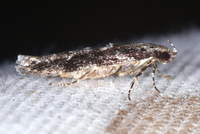
| Recorded by: Jim Petranka on 2024-03-27
Madison Co.
Comment: |
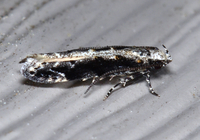
| Recorded by: Jim Petranka, Bo Sullivan and Becky Elkin on 2023-09-14
Macon Co.
Comment: | 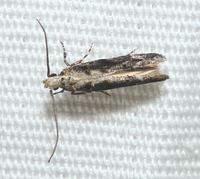
| Recorded by: David George on 2023-07-26
Durham Co.
Comment: |
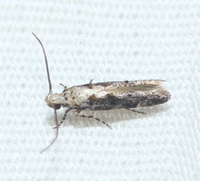
| Recorded by: David George on 2023-07-26
Durham Co.
Comment: | 
| Recorded by: David George on 2023-04-19
Durham Co.
Comment: |
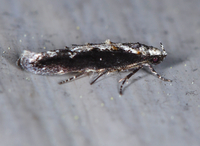
| Recorded by: Jim Petranka on 2023-04-12
Madison Co.
Comment: | 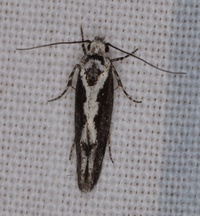
| Recorded by: David George, Stephen Dunn on 2023-04-05
Orange Co.
Comment: |
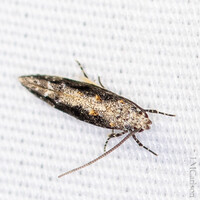
| Recorded by: David George, L. M. Carlson on 2022-05-03
Orange Co.
Comment: | 
| Recorded by: Jim Petranka on 2022-04-30
Madison Co.
Comment: |
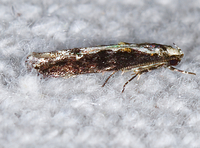
| Recorded by: Jim Petranka on 2022-04-21
Madison Co.
Comment: | 
| Recorded by: R. Newman on 2022-03-26
Carteret Co.
Comment: |
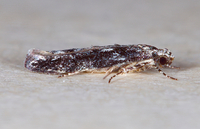
| Recorded by: Jim Petranka on 2022-03-23
Madison Co.
Comment: | 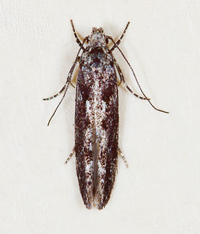
| Recorded by: Jim Petranka on 2022-03-23
Madison Co.
Comment: |
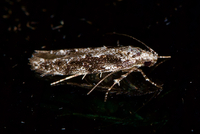
| Recorded by: Jim Petranka on 2021-04-08
Madison Co.
Comment: | 
| Recorded by: Gary Maness on 2021-03-23
Guilford Co.
Comment: |
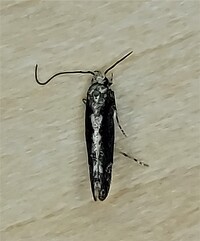
| Recorded by: Gary Maness on 2021-03-23
Guilford Co.
Comment: | 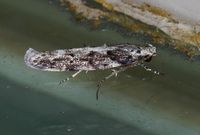
| Recorded by: Jim Petranka on 2021-03-11
Madison Co.
Comment: |
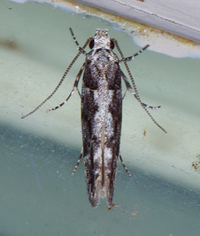
| Recorded by: Jim Petranka on 2021-03-11
Madison Co.
Comment: | 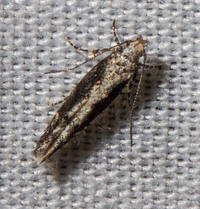
| Recorded by: Steve Hall on 2020-05-24
Orange Co.
Comment: |

| Recorded by: Jim Petranka on 2020-05-03
Madison Co.
Comment: | 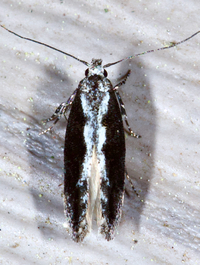
| Recorded by: Jim Petranka on 2020-05-03
Madison Co.
Comment: |
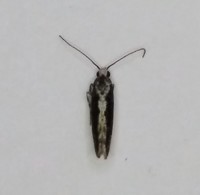
| Recorded by: Gary Maness on 2020-04-05
Guilford Co.
Comment: | 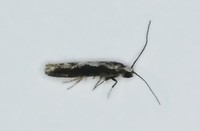
| Recorded by: Gary Maness on 2020-04-05
Guilford Co.
Comment: |
|

 »
»
